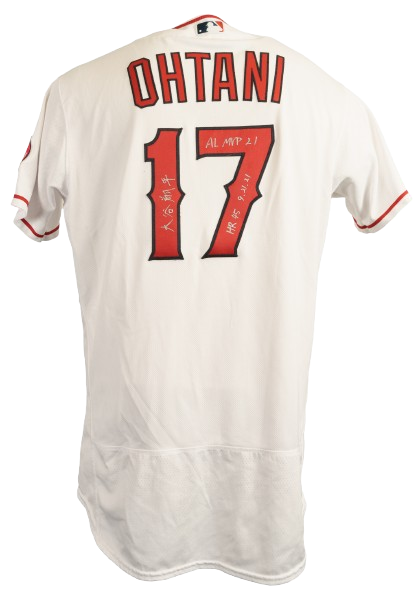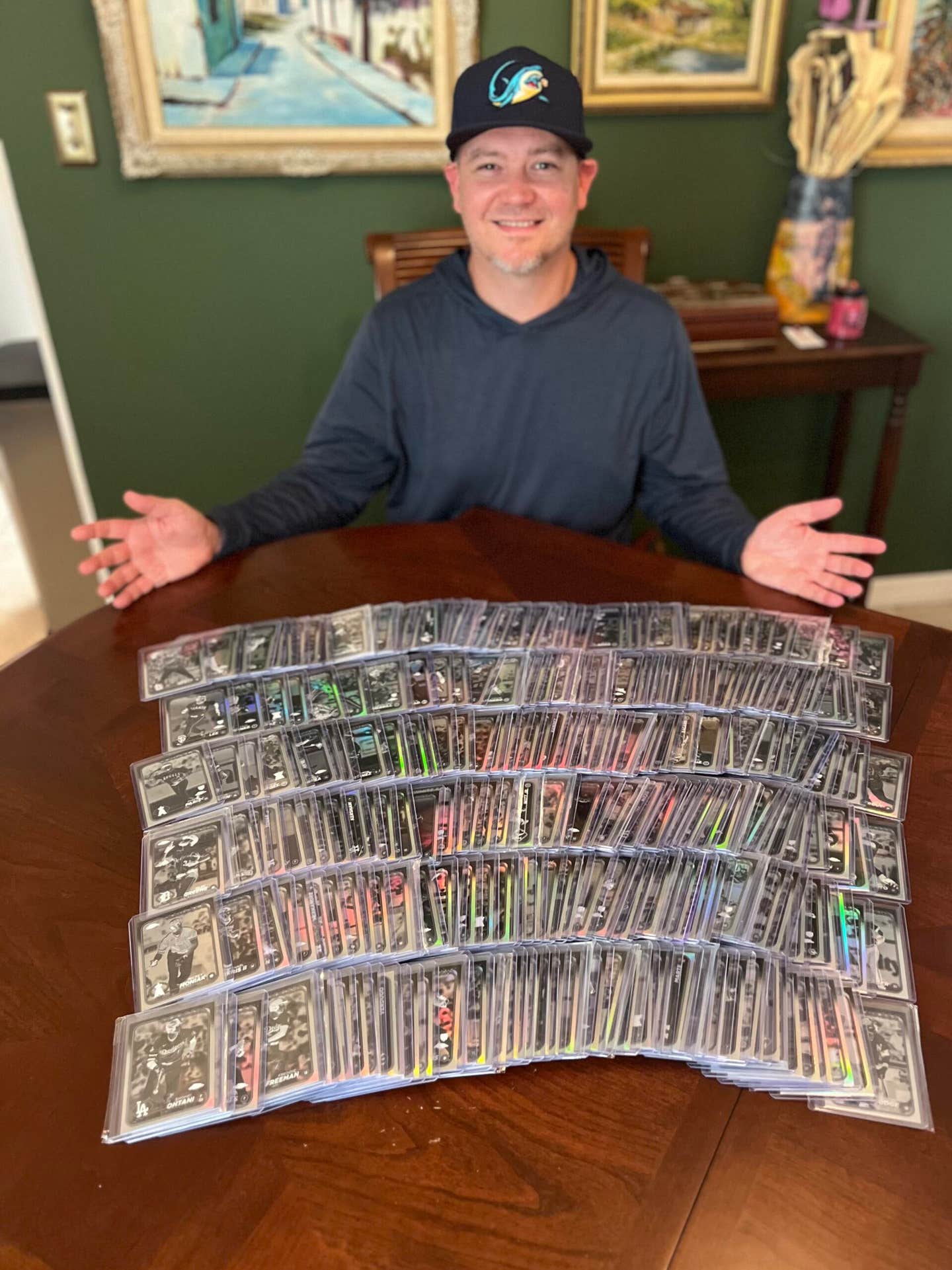Odd Collectibles
Many collectors stick with the 1956 Topps Baseball pins
Doug Koztoski
By the time the 1956 Major League Baseball season rolled around, Topps had stuck a fork in Bowman, their card-making rivals for the last few years. Bowman, in other words, was “done,” Topps had bought them out in the preceding few months and mainstream card collectors now had just one brand of cards to hunt down.
Topps, at this juncture, might have been feeling both a sense of relief, being the only game in town, and ready to branch out with some of their 1956 baseball ideas. Chiefly, they produced their final regular over-sized card set, with names like Mickey Mantle, Willie Mays, Hank Aaron, Ted Williams, Roberto Clemente, Sandy Koufax, and for the first time, team cards in a basic baseball issue. On top of this popular offering, a classic for countless collectors, the company also put out a pesky product: baseball pins.
The set of 60 pins, or buttons as their cardboard box packaging identified them, essentially merged the headshot, name, team, and position of the highlighted player from their 1956 card and put it on about a quarter-sized button. For a nickel, each colorful pin came with a stick of gum and Ted Williams’ smiling image on the box front. So, even the boxes are collectible. Finding the containers today, however, was probably much like getting a fastball past the famed Red Sox slugger in his choice hitting zones.
“Plentiful” is not a word associated with the pins, either.
“We haven’t had any of those pins in the last year or so,” said Scott Cowan of Kit Young Cards. “But when we do have them, which is not very often, they sell.”
Cowan, the general manager of the California-based company, said the small metal collectibles are “more scarce than people give them credit for” and “they are tough to find in nice shape.”
Bill Huggins of Huggins & Scott Auctions does not see many of these ’56 pins come his way, either through his auctions or the famous sports memorabilia shop he has owned for nearly 40 years, The House of Cards, in Silver Spring, Maryland.
“They are hard to find nice,” noted Huggins. “Maybe some of them already came with dings and scratches from the printing process.”
Another contributing factor to less than sharp samples could have been the unnumbered pins' tight fit in their boxes rubbing off some of the paint or, in some cases, the pins being too loose in the box, at times, and ever-so-slightly getting bumped about.
On the button
A number of Hall of Famers show up in the set, with Williams, Mays, Aaron and two members of the 1955 World Series champion Brooklyn Dodgers, Jackie Robinson and Duke Snider leading much of the charge. The New York Yankees’ Yogi Berra is the biggest name from that ballclub in the offering.
Huggins noted how odd it was that Berra’s teammate Mickey Mantle did not appear in the ’56 pin set.
“He was under contract with Topps in ’56, he appeared in the card set, there was no competition from Bowman, it seems strange he was not on a pin, (as popular as he was),” Huggins said.
It just so happens that Mantle managed to have one of his best seasons ever in 1956, winning the Triple Crown in the American League with the most homers, runs batted in and highest batting average.
“The stars always jump out (sell fast) from this set,” said Cowan. “Mays, Kaline, Williams” all quickly pass through Kit Young Cards’ inventory. “And the Jackie Robinson pin, with the red background, it really stands out, visually (and sells well),” Cowan added.
Short prints
Three players were reportedly short-printed (SP) in the set: Washington Senators pitcher Chuck Stobbs, Baltimore Orioles outfielder Chuck Diering and Hector Lopez, an infielder with the Kansas City Athletics in the mid-50s.
In that trio, Stobbs is likely the most famous for the wrong reason as he was the hurler who served up what still stands as the longest-home run in MLB history: a 565-footer to Mantle in 1953.
Lopez, meanwhile, ended up being one of Mantle’s teammates from 1959 to 1966, spending time as an infielder and outfielder, and played in five World Series with the Yankees. So, career wise, by most accounts, “The Panama Clipper,” as Lopez was known, wound up the most successful of the three ’56 Topps pin SPs.
Huggins does not see the SPs being as elusive as their general hobby reputation.
“I have never noticed any of the three particularly hard-to-find,” he said. “When we get a group of them in, there is usually one of those in there.”
Looking at the PSA Population numbers for the 1956 Topps pins, the Hall of Famers generally show up in the mid-50s to mid-70s range. Ernie Banks, however, appears the most for this issue in PSA holders with about 100 samples.
The SPs at press time, meanwhile, have the following PSA Population numbers: Diering (34), Stobbs (41) and Lopez (44), certainly more challenging than the average star pin, but by many accounts not by such an overwhelming margin as one might first expect.
And, at least from a PSA standpoint, these players all are tougher to find at this time than the Stobbs and Lopez pins: Gus Triandos (35), Jim Hegan (37), Roy McMillan and Hal Smith (both at 38). Phil Rizzuto, on the other hand, matches Diering’s slabbed sample size. So if you can grab one of those graded Rizzuto’s you can use the trademark phrase the Hall of Fame shortstop turned broadcaster made famous, “Ho-ly Cow!”
The graded short prints normally sell for hundreds of dollars apiece in even so-so condition, like some superstars in the collection. Mid-range commons often trade hands for $20-$35.
Of course, this condition-sensitive set did have some that survived in fine shape with 233 PSA 8s and 14 PSA 9s, out of about 3,100 total encapsulated thus far by the company. A PSA 10 ’56 Topps pin has yet to become reality.
Both Cowan and Huggins said the 1956 Topps pins will be sticking around on the fringe of the hobby’s popularity for the foreseeable future, but, like the look on Ted Williams’ face on his pin, adding even a few to your collection will likely give you a big and easy smile. u
Doug Koztoski is a frequent Sports Collectors Digest contributor. He welcomes comments and questions related to his articles at: dkoz3000@gmail.com.








